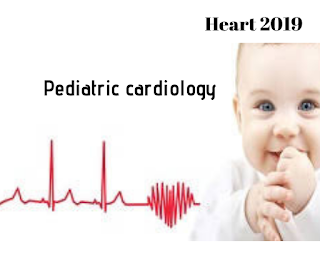There are number of heart conditions that can affect children. Few children have
structural differences by birth others involve the electrical system that
controls the heartbeat. Pediatric cardiologists mainly treat, diagnose and
manage the problems in the child. Pediatric
heart problems in
children, includes congenital heart disease and Arrhythmias. Congenital heart
disease refers to heart structural variation by birth in child which include
holes between chambers of the heart, abnormal blood vessels and valve problems.
Arrhythmiasis know as abnormal heart rhythms caused by the system that controls
the heart beat electrically. Pediatric cardiologists will treat pulmonary
hypertension and systemic hypertension. Systemic hypertension means high blood
pressure in the body. But in few regions pulmonary hypertension is treated by
pediatric pulmonologists and systemic hypertension is treated by pediatric
nephrologists
In Food industries generally, Pediatric cardiologists
work closely with primary care pediatricians to provide coordinated and
comprehensive care. Heart Problems can arise due to various other symptoms in
the body so pediatric cardiologist will team up with health care providers. For child care there are pediatric heart
surgeons, cardiac anesthesiologists, neonatologists, cardiac pediatric
intensivists, pediatric radiologists, as well as pediatric nurses,
nutritionists, and speech, occupational, and physical therapists. There are various Tools to diagnose cardiac
conditions in children. Based on Physical and cardiac examination. For Physical
examination: Vital signs and Cardiac examination will be carried out.
For Laboratory examination: Electrocardiography, Chest X-ray , Pulse oximetry, Blood counts,
Echocardiography, Magnetic resonance imaging (MRI and MRA), Computed
tomography, Exercise testing, Cardiac catheterization are done. Environmental
and genetic conditions associated with heart disease in children also plays
major role. There are various Unusual forms of congenital heart disease in
children, Unique cardiac conditions in newborn infants, cardiac conditions
acquired during childhood, Abnormalities of heart rate and conduction in
children and Congestive
heart failure in
infants and children. For preventing follow the treatment and precautions given
by pediatric cardiologist and have a healthy lifestyle










